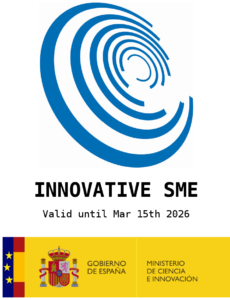High-sensitivity piezoelectric immunosensor for pesticide analysis
Authors: J.V. García, C. March, A. Sánchez, Y. Montagut, Y. Jiménez, A. Montoya, A. Arnau
Event: Biosensors 2012, 22 World Congress on Biosensors. Cancún, México (2012)
A 50 MHz quartz crystal microbalance (QCM) immunosensor has been developed for the determination of pesticides. High fundamental frequency (HFF) inverted mesa quartz crystal resonators were used. To provide mechanical stability and robustness quartz crystal resonators were attached permanently to a PEEK chip holder. This also allowed easy manipulation in all experimental processes. An automated flow injection analysis system was developed. The system consists of: the flow cell for the sensor chips; a flow circuit with automated syringe pumps, distribution and injection valves; and an electronic characterization system, based on the phase mass measurement at constant frequency. Carbaryl pesticide was chosen as a model analyte. Due to the low molecular weight of this insecticide, the immunoassay format chosen was a competitive one, with monoclonal antibodies (MAbs). The hapten conjugate was covalently immobilized, via mercaptohexadecanoic acid (MHA) self assembled monolayer (SAM), onto the sensor electrode surface. The immunosensor results showed an improvement of one order of magnitude in terms of sensitivity (I50 ≈ 2 μg/L) and two orders of magnitude in terms of limit of detection (LOD < 0,2 μg/L), compared with results obtained with standard 10MHz QCM sensors previously reported by our group. The automated analysis system allowed a very good reproducibility of measurements. Further improvement in terms of sensitivity and limit of detection could be easily accomplished working with higher fundamental frequency sensors (100-150 MHz), which can be directly used with the developed system.


